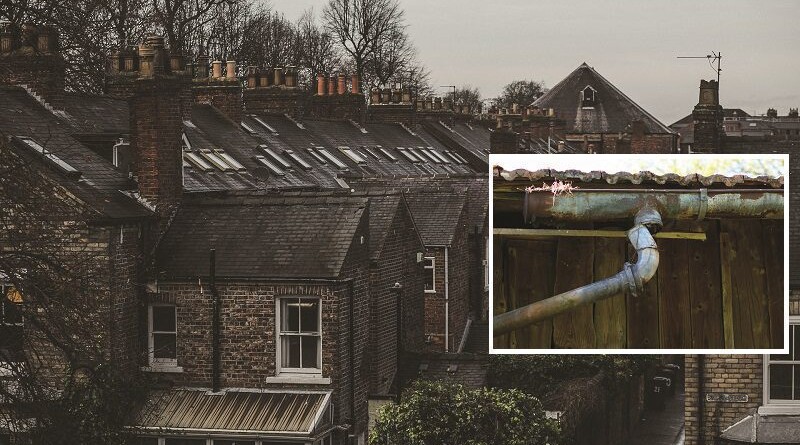Keep your home in tip-top condition…
As the temperatures drop and dark nights loom, householders increasingly seek sanctuary in their homes to protect against the elements.
In line with Maintenance Week, which takes place this week, the Property Care Association has put together some tips to put building maintenance in the spotlight.
The national trade body has identified 10 areas where small steps can be taken now to help prevent issues escalating and becoming a bigger problem in winter months.
Steve Hodgson, chief executive of the PCA, said: “With energy prices rising and concerns over the cost of living, people are careful about how money is being spent this winter.
“Property maintenance will not only help make a home more comfortable, but can reduce costs too.”
The top ten tips from the PCA to protect homes this winter include;
- Roofs – Ensure cracked or slipped tiles are dealt with, other
- Gutters – Gutters and downpipes need to be properly maintained to ensure they give water a quick escape route from a building. Even a small blockage can cause problems.
- Air quality – In winter, air becomes more laden with water, meaning that issues such as condensation, and even damp and mould, can take hold. Ventilation fans and air management systems are an important method in tackling this, so make sure service and repairs are up-to-date.
- Temperature checks – effective ventilation is the most effective method to reduce condensation, coupled with having a low background heat for as long as possible.
- Trickle vents – Trickle vents have a vital role to play in maintaining air flow. Check they are free of debris and the holes lined up to the grid bar for maximum efficiency.
- Protect woodwork – If external timber rots or degrades it can mean specialist repairs or even a replacement is needed. Ensure wood is coated with a protective finish.
- Chimney flashings – A common damp problem is water entering a building at the point where lead flashings meet at the joint with the chimney stack if they are not properly sealed. It can stream into a building, damage wallpaper and other coatings and be generally unpleasant.
- Pointing and rendering – If damaged, loose or eroded, this can provide a way for water to enter a building, particularly in driving rain.
- Window and doorway openings – Check-out sealing between the frames and masonry as it can deteriorate, providing an area where rain can enter.
- Drains – Gulleys and drains need to be able to let water flow quickly.
If it cannot escape, due to leaves and other debris, then localised flooding can occur, particularly during heavy downpours.
More details about the Property Care Association and the work of its members can be found at www.property-care.org/
Picture: Check your guttering Pictures: Pixabay
Everyone at the South London Press thanks you for your continued support.
Former Housing Secretary Robert Jenrick has encouraged everyone in the country who can afford to do so to buy a newspaper, and told the Downing Street press briefing:
“A FREE COUNTRY NEEDS A FREE PRESS, AND THE NEWSPAPERS OF OUR COUNTRY ARE UNDER SIGNIFICANT FINANCIAL PRESSURE”
If you can afford to do so, we would be so grateful if you can make a donation which will allow us to continue to bring stories to you, both in print and online. Or please make cheques payable to “MSI Media Limited” and send by post to South London Press, Unit 112, 160 Bromley Road, Catford, London SE6 2NZ






